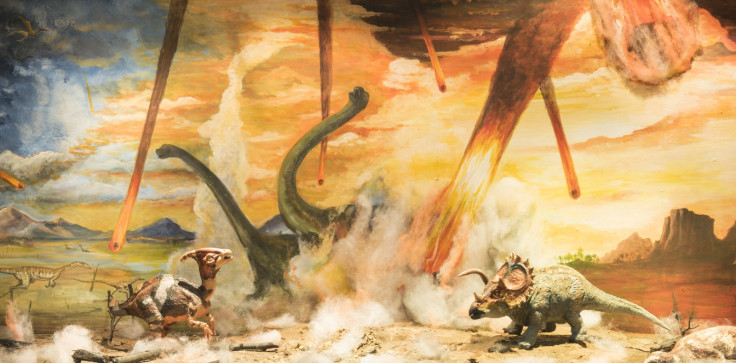It became cold. I mean, really cold: Global temperatures in the aftermath of the dinosaur-killing asteroid
The big chill that followed the impact appears to have played a bigger role in dinosaur extinction than we thought.
In the aftermath of the asteroid that killed off the dinosaurs, global temperatures plummeted – and this likely played a bigger role in the mass extinction than previously thought. Using computer simulations, scientists have now created a map showing exactly how temperatures changed in the months and years before and after the Chicxulub asteroid struck.
"The big chill following the impact of the asteroid that formed the Chicxulub crater in Mexico is a turning point in Earth history," said Julia Brugger from the Potsdam Institute for Climate Impact Research (PIK). "We can now contribute new insights for understanding the much debated ultimate cause for the demise of the dinosaurs at the end of the Cretaceous era."
Brugger and her colleagues have reconstructed the droplets of sulphuric acid that formed in the atmosphere following the impact. These droplets form when sulphur dioxide combines with oxygen in the upper atmosphere – and this reflects the sunlight away. Sixty-six million years ago, this caused sunlight to be blocked out for several years.
During this period, much of the plant life on Earth died, causing a domino effect that resulted in one of the biggest mass extinction events in history. In their study, published in the journal Geophysical Research Letters, scientists created computer simulations to show how the droplets led to a longer-lasting period of cooling than thought.
They said this extended period of cold likely contributed to the extinction of the dinosaurs and severely disturbed marine ecosystems.

Read more:
Dinosaur extinction: Asteroid impact triggered massive volcanic eruptions at Deccan Traps
Dinosaur-killing asteroid did not cause global firestorms: Mass extinction theory debunked
Findings showed the average temperature in the tropics fell from 27C down to 5C. Global annual mean surface air temperatures fell by at least 26C, while the annual average temperature was below freezing for around three years after the impact. The ice caps expanded and it appears it took the climate roughly 30 years to recover. "It became cold, I mean, really cold," Brugger said.
Before this, the Earth was experiencing its hottest global temperatures for around 200 million years – with average temperatures up to 35C.
Study co-author Georg Feulner said: "The long-term cooling caused by the sulfate aerosols was much more important for the mass extinction than the dust that stays in the atmosphere for only a relatively short time. It was also more important than local events like the extreme heat close to the impact, wildfires or tsunamis. It illustrates how important the climate is for all lifeforms on our planet."
© Copyright IBTimes 2025. All rights reserved.






















